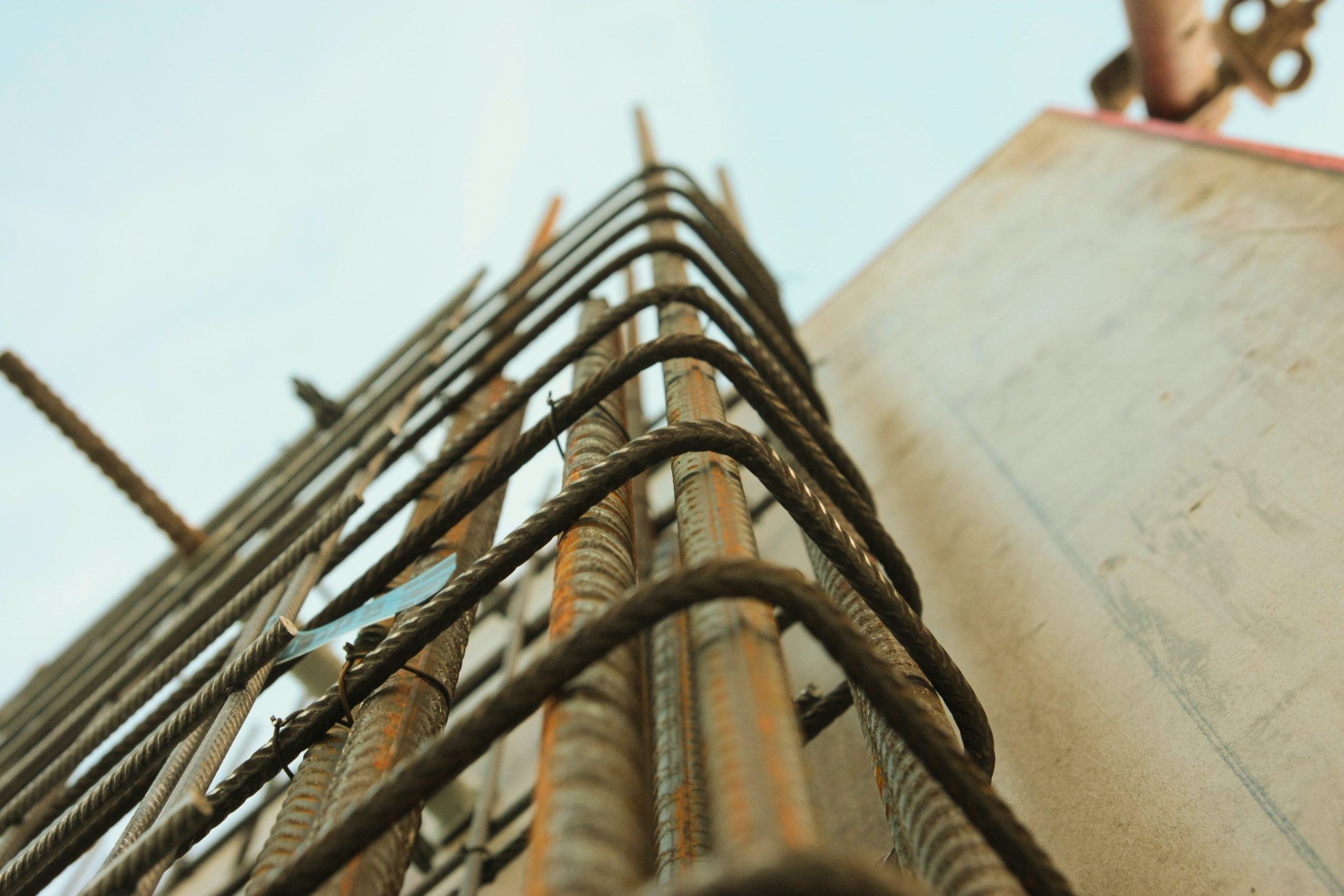Greetings, dear readers! Today, we embark on a journey through the world of structural engineering, a profession that forms the backbone of our modern civilization’s infrastructure. So, tighten your hard hats and fasten your seatbelts; it’s time for a comprehensive look at the duties of a structural engineer.
The Architects of Stability
In a world where buildings scrape the sky and bridges span mighty rivers, structural engineers are the unsung heroes who make it all possible. They are the architects of stability, the guardians of structural integrity, and the gatekeepers of safety in the built environment.
What Qualifications Do Structural Engineers Need?
Now, before we delve into the nitty-gritty of their duties, let’s discuss what it takes to become a structural engineer. It’s not a path for the faint-hearted, mind you. These engineering maestros typically hold a bachelor’s degree in civil or structural engineering. But wait, there’s more! They often pursue additional certifications and licenses to prove their mettle in this demanding profession.
Structural Analysis and Design: The Core Responsibilities
Once equipped with the necessary knowledge and qualifications, structural engineers dive headfirst into the exhilarating world of structural analysis and design. This is where the magic begins.
Material Selection and Load Calculations
Imagine designing a skyscraper or a sprawling bridge. It’s not just about aesthetics; it’s about selecting the right materials that can withstand the test of time and gravity. Structural engineers are like the Sherlock Holmes of materials, meticulously choosing the right elements to ensure a structure’s longevity.
Load calculations, on the other hand, are the mathematical ballet that engineers perform to ensure everything stays where it should. Whether it’s calculating the weight of a thousand office chairs on the top floor of a building or the force of gale-force winds on a suspension bridge, structural engineers are the masters of this complex choreography.
Collaborative Efforts with Architects
Now, you might think that structural engineers are solitary figures, crunching numbers in some dimly lit room. But nothing could be further from the truth. They are true collaborators, often working hand in glove with architects and contractors to turn dreams into concrete, steel, and glass realities.
Collaborative Efforts with Architects
Imagine an architect’s vision for a stunning, gravity-defying building. It’s the structural engineer’s job to take that dream and turn it into a blueprint that Mother Nature won’t scoff at. This requires close cooperation, effective communication, and a dash of creative problem-solving.
Coordination with Contractors and Construction Teams
Once the designs are on paper, structural engineers don’t just sit back and relax. They’re right there on the construction site, ensuring that every beam, column, and bolt follows the plan to a T. It’s like conducting a symphony, making sure every note is played precisely as written.
Inspection and Quality Assurance Duties
But the journey doesn’t end with the last brick laid or the final steel beam hoisted into place. Structural engineers stay vigilant throughout the construction process, wearing their inspector hats with pride.
Inspection and Quality Assurance Duties
Inspecting construction progress is a critical duty. It’s like going over your homework before handing it in, only the stakes are much, much higher. Structural engineers meticulously check every detail to ensure that the project is proceeding as per plan and within safety standards. Check out Structural Steel Detailing, Precast Detailing and Rebar shop drawings pages.

Ensuring Structural Safety
Ah, safety! The one word that’s always at the forefront of a structural engineer’s mind. Ensuring structural safety is not just a duty; it’s a sacred oath these professionals take.
Ensuring Structural Safety
Structural engineers are the unsung guardians of our safety. They analyze and mitigate potential risks, ensuring that the structures they design can withstand earthquakes, hurricanes, and all the curveballs that Mother Nature can throw at them. It’s a daunting task, but it’s a task they embrace with unwavering dedication.
Compliance with Building Codes and Regulations
But it’s not just about being good at their jobs; it’s about being good citizens too. Structural engineers must ensure that their designs comply with local building codes and regulations. It’s not a mere formality; it’s the law, and it’s there to protect us all.
Staying Current in the Field
In a field where innovation is the name of the game, structural engineers can’t afford to rest on their laurels. They must stay current, constantly upgrading their skills and knowledge.
Staying Current in the Field
Attending workshops, seminars, and conferences is par for the course for structural engineers. They need to keep up with the latest technological advancements, construction materials, and design methodologies. After all, you wouldn’t want your engineer to be stuck in the past while designing your future dream home, would you?
My dear readers, structural engineers are the unsung heroes who ensure that our world stands tall and safe. Their duties go far beyond numbers and blueprints; they are the custodians of our safety and the architects of our modern world. So, the next time you admire a soaring skyscraper or cross a magnificent bridge, remember that a structural engineer’s dedication and expertise made it all possible. For infomation visit Steel.org.au.
And if you’ve ever dreamt of becoming one of these modern marvel-makers, just remember: it takes a whole lot of education, a dash of creativity, and an unwavering commitment to safety. So, who knows, you might be the next structural engineering superstar in the making!
FAQs
What is the role of a structural engineer in construction?
A structural engineer in construction plays a pivotal role in designing and ensuring the safety and stability of buildings, bridges, and other structures. They analyze and calculate the forces and loads that structures must withstand, select suitable materials, collaborate with architects and contractors, and ensure compliance with building codes.
What qualifications are required to become a structural engineer?
To become a structural engineer, you typically need a bachelor’s degree in civil or structural engineering. Many structural engineers also pursue additional certifications and licenses, which vary by location. Continuing education and staying updated with industry standards are also crucial.
How do structural engineers collaborate with architects?
Structural engineers work closely with architects to transform architectural concepts into practical and safe structural designs. They collaborate on everything from initial design meetings to the fine details of structural systems, ensuring that form and function harmonize.
What is the significance of structural inspections in construction?
Structural inspections are essential for monitoring construction progress, identifying potential issues, and ensuring that the project adheres to design specifications and safety standards. They help catch and rectify problems before they become major concerns.
Why is compliance with building codes crucial for structural engineers?
Compliance with building codes is crucial because it ensures that structures are safe, durable, and legally sound. Structural engineers are responsible for making sure that their designs meet all relevant codes and regulations to protect public safety.

